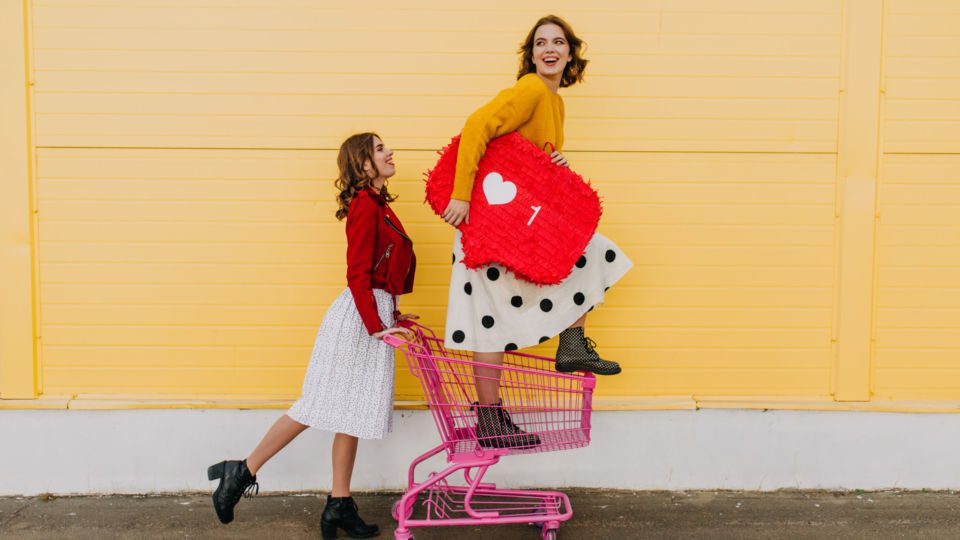As experts continue to assess COVID-19’s impact on the retail industry, some consider the loyalty shakeout to be the most significant. Winning and keeping customer loyalty has been a long-standing challenge in the industry, but the pandemic has forced consumers to switch brands for new reasons: price, scarcity and availability.
While all categories have felt the ripple effects, the apparel and specialty categories have arguably been turned upside down, with renowned brands such as Brooks Brothers going through bankruptcy and, in some cases, out again. Robert Passikoff, Founder and President of Brand Keys, a brand loyalty and customer engagement consultancy, shared his thoughts on how the loyalty space is evolving, what new factors consumers are considering, and how social issues, including health and safety, may impact brand perception moving forward.
Retail TouchPoints (RTP): Would you say the definition of loyalty has changed as a result of COVID-19?
Robert Passikoff: What defines loyalty itself hasn’t shifted, unless a brand or business has totally disappointed the consumer. Even then, the “rule of six” still applies. That means the greater the emotional engagement, bond and loyalty a customer has with a brand [makes them] six times more likely to behave better toward the brand. That means they think of you first when thinking about a category; they’re six times more likely to buy from you; they’re more likely to stick with a brand to buy different categories, such as apparel and shoes. But now more than ever, they’re also six times more likely to give you the benefit of the doubt in uncertain circumstances.
RTP: Can you share an example of what happens when there’s not established loyalty, and how that impacts a brand’s ability to overcome issues?
Passikoff: A few years back, I’m sure some people remember when Lululemon released a line of yoga pants that ended up being see-through when people wore them. At that time, the brand’s loyalty rates weren’t as high — they weren’t as established and didn’t have the loyalty bond that one needs in order to recover if there’s an issue. The product looked cheap and people were embarrassed, so the brand took a big hit. It took a lot of time for them to come back.
That’s why we look at the emotional engagement and loyalty bond that exists. That’s going to tell you how well you’re ultimately going to do in “uncertain circumstances.”
RTP: We’ve seen a number of apparel and specialty brands go through bankruptcy lately. Can you draw any correlations between this “rule of six” and the brands that have been struggling the most?
Passikoff: Yes, I noticed that all of the companies that have gone bankrupt or are in talks to go bankrupt are also companies that have a low loyalty level. You can’t deny that retailers lost money when stores were shut down, but it wasn’t like those struggling retailers [J. Crew, Victoria’s Secret and Brooks Brothers, etc.] were targeted and prevented from being open. When they closed the store, they still had digital to sell to people, so there’s no excuse.
RTP: So if it’s not just availability or accessibility that impacts customer loyalty, what else comes into play?
Passikoff: It’s not just availability and accessibility, and it’s not just brand. Lululemon found that out the hard way. They had a great brand, but it fell apart for a time because the integrity of the product was impacted. Although price is certainly not the priority, more people are thinking about it as a value-added judgment. They’re thinking about the amount of value they’re going to get out of the investment. All of these factors make up the emotional side of things, and they make up about 75% of the decision-making process. If people don’t know about the brand, the value and the integrity of your product, maybe you need to invest in advertising and find ways to educate people about those values that make up your brand story.
RTP: Nike is at the top of your loyalty ranking for apparel. The brand has made its fair share of headlines for speaking out on issues, which used to be a faux pas in marketing and branding. Has this changed, and do you see a correlation between brands’ outspokenness on issues and consumers’ overall loyalty?
Passikoff: Things have changed and I would say there is a correlation for everything except political positions. Jack Trout, who was a mentor of mine and came up with the rules of positioning, said: “You have to stand for something in the mind of the consumer. Otherwise, you’re just a commodity.” If you stand for something, those values are going to resonate throughout whatever it is you’re doing in terms of marketing and advertising.
But one thing I will say is, early on, many brands and marketing strategists were quick to put out messaging like “we’re all in this together.” We all saw it, but very few brands really have developed the emotional platform to be able to say it and we actually believe it — and that can hurt you. But then you look at brands like Nike, which has indeed done okay with stuff, especially in regard to social issues. They know they’re not going to please everyone, but mostly it reinforces values for them. Meanwhile, take brands like Starbucks: while their red cup program usually works, it’s regarded as political and polarizing.
RTP: What else do you think is key to winning customer trust and loyalty in these times?
Passikoff: There are ways, on a tactical level, where you can show that you support and care about your consumers. For example, Apple has done a great job showing consumers that they’re addressing safety and health issues tactically in the store to make visitors feel at ease. You schedule an appointment and there are checkpoints where you check in, go through a list of parameters. It’s essentially a screener to make sure you’re good to go in the store.
Finally, you go into the store to interact one-on-one with someone who has wipes and sanitizer and spray, they have a mask and a gown on and it’s a normal service interaction. When you’re done, you’re escorted out of the store and everything moves very smoothly. What they did was adjust the process in order to address my concerns about living in a COVID-19 world. What more could they have done?













